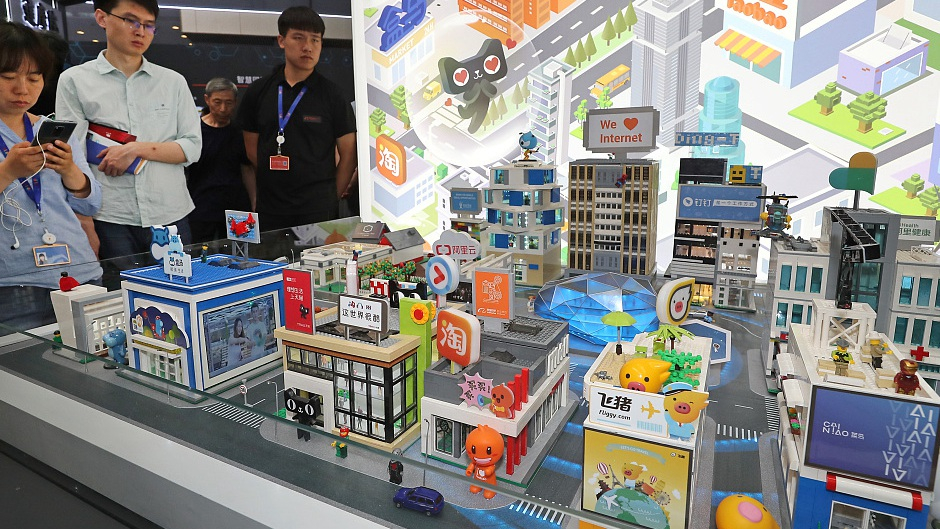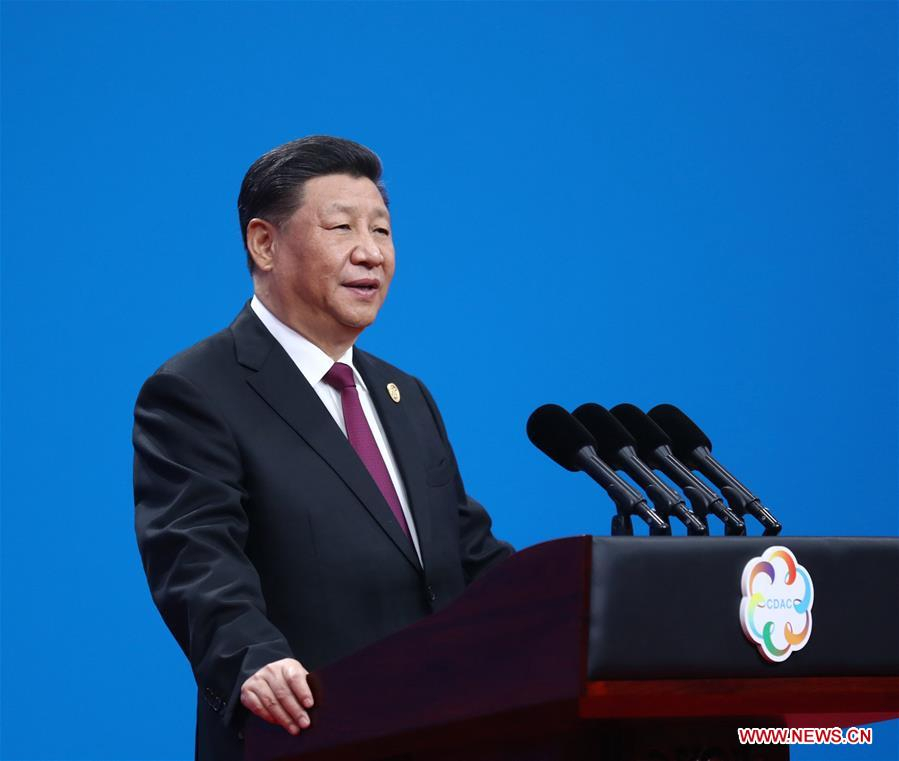
Opinion
08:20, 18-May-2019
The Asian century is all about leapfrogging technologies
Ravish Bhatia

Editor's note: Ravish Bhatia is a Yenching Scholar at Peking University and was part of the “Make in India” campaign at Invest India, Department of Industrial Policy and Promotion, India. The article reflects the author's views, and not necessarily those of CGTN.
As my flight touched the tarmac at the Delhi airport earlier this week, a clanking sound got my attention as I stepped out of the plane. I realized – over the course of a few days in DC, I had collected dozens of coins – quarters, cents and dollars given to me as change from all the tiny expenditures such as buying a packet of chips where I did not feel like using a credit card. The sound was a reminder of how easy it was to make even the tiniest of mobile payments using WeChat in China and PayTm (which has investments from Alibaba) in India.
This got me thinking – in many ways, the Asian century and what perhaps defines it, is the advent of leapfrogging technologies, especially in consumer technologies such as financial payments, more than it is about playing catch up with the West. My memory rekindled some conversations I had previously had with entrepreneurs and innovators across Asia and a common theme emerged – these entrepreneurs talked about “building something new” and “changing the world.”
I may be limited by the years in the industry, but it seems hard to imagine that such thinking existed among our preceding generation of Asian entrepreneurs that relied on the West for ideas. This change in attitude of entrepreneurs, combined with the twin political and technological shifts caused by the emergence of the Fourth Industrial Revolution has rekindled a new spur of innovation that is unique to Asia and even has the West looking eastwards for ideas. This is truly unique if one looks at the last 200 years of global technological development.
This in my humble opinion is the defining characteristics of the new Asian civilization.

Chinese President Xi Jinping delivers a keynote speech at the opening ceremony of the Conference on Dialogue of Asian Civilizations at the China National Convention Center in Beijing, May 15, 2019. /Xinhua Photo
Chinese President Xi Jinping delivers a keynote speech at the opening ceremony of the Conference on Dialogue of Asian Civilizations at the China National Convention Center in Beijing, May 15, 2019. /Xinhua Photo
To be fair, and to not be misquoted – Asia still lags the West in terms of its basic scientific research, human capital, and technological development. The advancement it shows, and the way it is able to leapfrog, is through coming up with problems that are unique to itself and can be profitably taken up only with large markets that exist.
What is encouraging is that such problems are being solved by tools and processes developed from within Asia itself. Such an ability of a civilization to solve its problems on its own merit in new and encouraging ways is what I believe calls for the dawn of a new century, and represents the best of human grit and drive for innovating.
The rapid increase in the number of smart cities, where urban planning was once a major issue in crowded Indian cities, rapid connection of various health centers through ICT technologies in sparsely populated Mongolia, the use of electric buses in Shenzhen in China and the rise of sharing economy in Southeast Asia are but some examples of this transitioning civilization.
Giving credit where credit is due – governments in Asia are also putting their full weight behind initiatives such as “Digital Azerbaijan”, “Digital Thailand”, “Digital India” and “Taza Koom” in the Kyrgyz Republic, where they once had to focus all their attention on eliminating poverty and providing basic civic facilities to its citizens. The rise of faster telecommunication system and mobile-first consumer technologies (in Asia most first-time Internet users are connecting via mobile instead of desktop) is also a major reason for such leapfrogging.
Such disruption, not necessarily in terms of scientific breakthroughs, but in terms of new processes that add economic value and alleviate social problems is also key to building wealthier societies – though the effect on per capita GPD numbers would take time and not leapfrog itself. For such economic value to actualize over the long run, a consistent growth in the innovation pattern in required that absorbs the already realized gains and continues to build on top of that.
If that were to happen, we might see the Asian century last longer than just 100 years.
(If you want to contribute and have specific expertise, please contact us at opinions@cgtn.com.)

SITEMAP
Copyright © 2018 CGTN. Beijing ICP prepared NO.16065310-3
Copyright © 2018 CGTN. Beijing ICP prepared NO.16065310-3